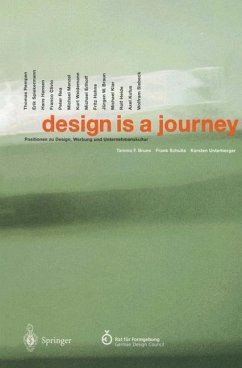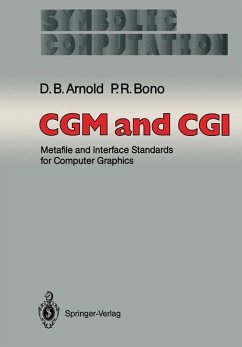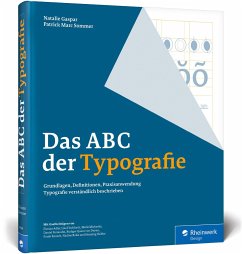
Font Technology
Methods and Tools

PAYBACK Punkte
19 °P sammeln!
Computers have changed typography and prepress as well as printing. Typefaces are manufactured by "digital punch cutters" with a PC, not any more by punch cutters. Typefaces are constructed an output by a new technolgy, the so-called fonttechnology. The book by Peter Karow covers the whole area of it. It offers various chapters about (among others) issues like intelligent font scaling, kerning, quality of type, legibility, and problems of different output devices. It is interesting to read about Gutenberg setting, the font market, optical scaling, and last but not least a "hand on" Kanjhi, the...
Computers have changed typography and prepress as well as printing. Typefaces are manufactured by "digital punch cutters" with a PC, not any more by punch cutters. Typefaces are constructed an output by a new technolgy, the so-called fonttechnology. The book by Peter Karow covers the whole area of it. It offers various chapters about (among others) issues like intelligent font scaling, kerning, quality of type, legibility, and problems of different output devices. It is interesting to read about Gutenberg setting, the font market, optical scaling, and last but not least a "hand on" Kanjhi, the Chinese/Japanese Glyphs. Furthermore, Fonttechnology contains a number of valuable and instructive appendices. Almost everything one has to know about type and computers!












